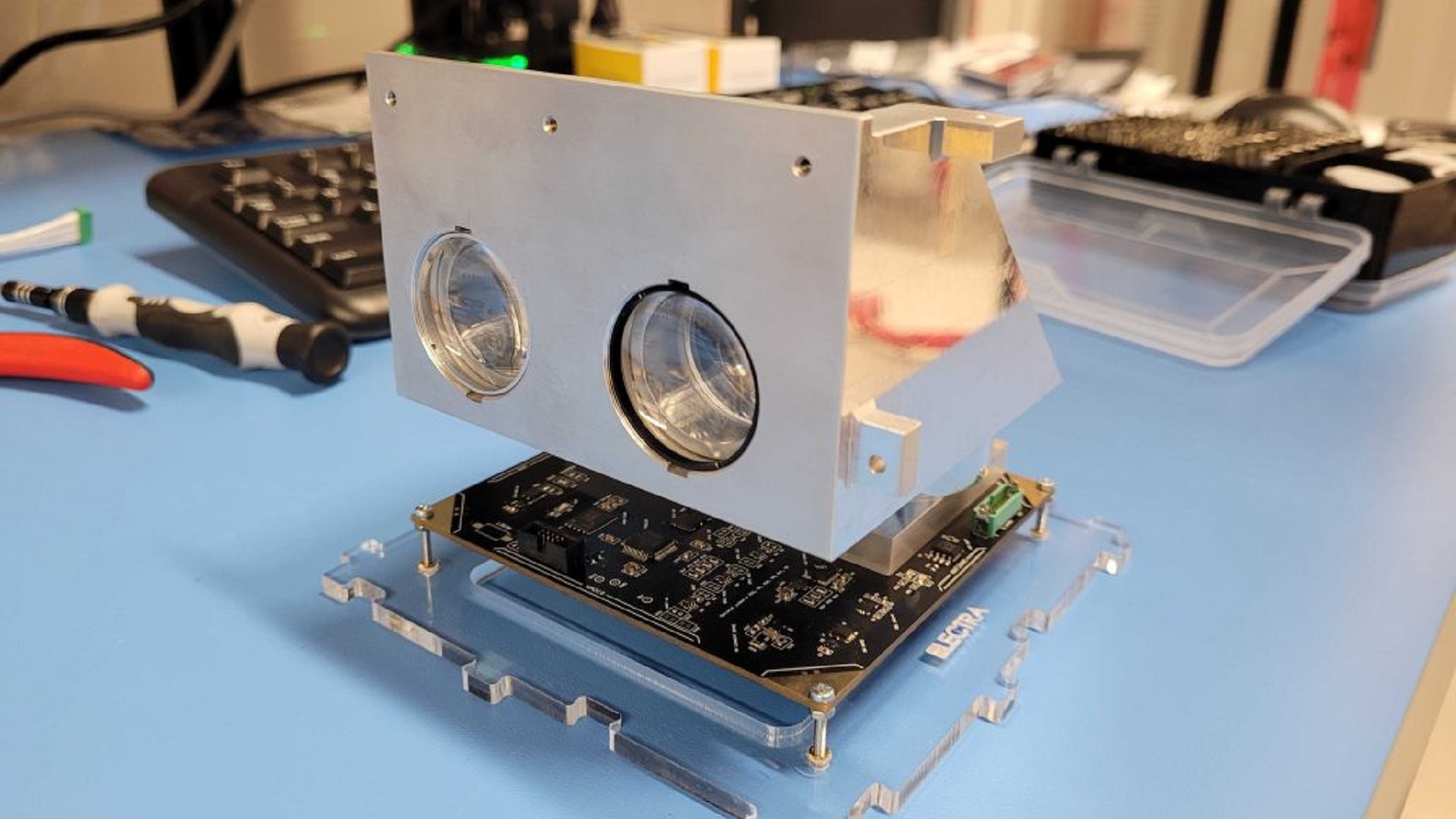When I was in ninth grade, I heard that one of the girls at my dance studio, Callie Lissinna, launched a satellite into space. At that point, I didn't even understand what engineering was, let alone a satellite. What I did recognize, though, was that for the first time ever, something from Alberta had been placed into orbit. And that feeling of awe stuck with me all the way until I entered my first year of engineering at the U of A, where Callie was the project manager of the AlbertaSat student team.
A lot has happened since AlbertaSat's Ex-Alta 1 mission, which marked the launch of the first Albertan satellite. AlbertaSat moved on to their second mission, Ex-Alta 2, as part of the Canadian Space Agency's Canadian CubeSat Project. Ex-Alta 2 is one of three satellites in the Northern SPIRIT Satellite Consortium, alongside AuroraSat from the Aurora Research Institute and YukonSat from Yukon University.
On Tuesday, March 14, 2023, all three Northern SPIRIT satellites were successfully launched from the Kennedy Space Center on a SpaceX Falcon 9 rocket – a moment that has been 6 years in the making. Following the launch, the rocket's cargo module docked with the International Space Station (ISS), where our satellites will be stored until they deploy into low Earth orbit and operations will begin. Not only do our satellites need to pass all necessary tests to gain a ticket to space, but they also need to survive an intense and perilous launch to the ISS, successfully deploy, power on and begin communicating with our ground stations. And that's only the beginning of their journey. As you can imagine, this symphony of mechanisms requires a huge group of students, scientists and leaders.
Since joining the AlbertaSat team in 2020, I worked first on community outreach, then as an assembly, integration and testing member, and currently as the systems team lead. The systems team is responsible for the interfacing of all individual subsystems with one another – for instance, making sure the entire system complies with the material, size, and safety requirements needed to launch an object into space. The journey to launch has been complex and never guaranteed. Ex-Alta 2 has had to undergo design reviews with the Canadian Space Agency, complete environmental testing as dictated by the launch provider, Nanoracks, and develop in-house components on a tight schedule.
Luckily we have a team of around 50 undergraduate student volunteers that makes this happen. One of the biggest takeaways from my experience with AlbertaSat has been seeing firsthand the importance of finding a group of people who encourage, challenge and mentor me and, most importantly, share both accomplishments and failures with me. I've been so lucky to find that at the U of A, and I think that is what has made AlbertaSat so successful. We may not have our university degrees yet, but we have people who share and embody our mission statement of bringing opportunities to work in space to Alberta and making space accessible on a student level. Along with the support we receive from the university, faculty and our community, it makes me truly proud to call Ex-Alta 2 an Albertan satellite.
6 years ago, I heard about the launch of Alberta's first satellite. In the years that followed, I decided to pursue mechanical engineering, had the opportunity to go to classrooms and teach students about space, helped test and assemble our satellite, integrated it into a deployment pod at the Canadian Space Agency headquarters, represented Canada at a European Space Agency workshop and last week I was able to witness our hard work launch from NASA's Operations Support Building in Cape Canaveral.
There are no words to describe the feeling of watching something you helped create as it launches, shakes the ground you stand on, and arcs over your head and out of sight. That feeling is something I have been thinking about for the past 6 years. And it was certainly worth the wait.
